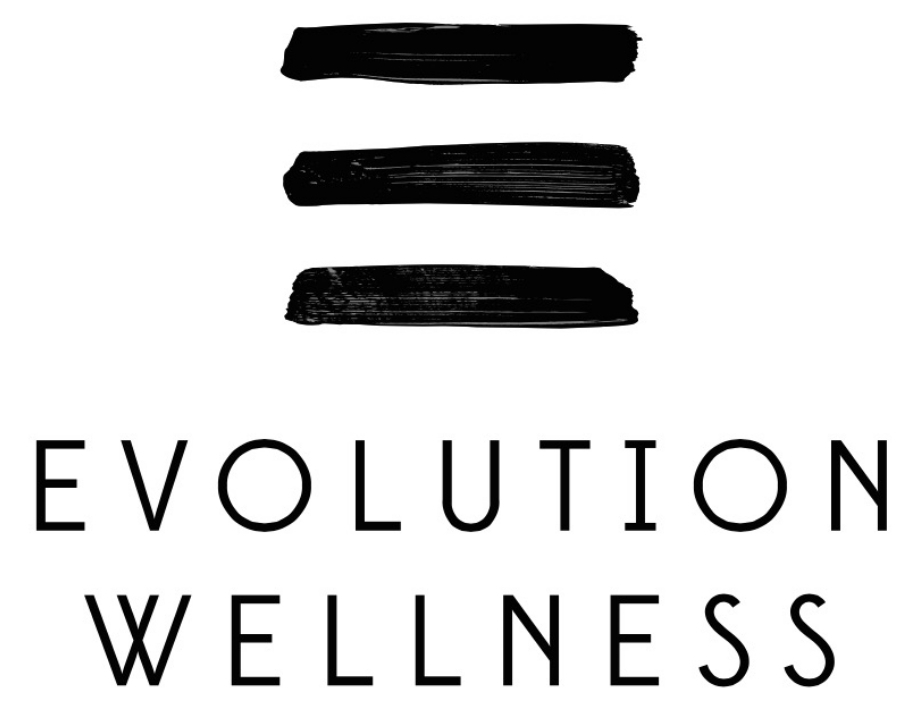Microneedling for Rosacea
/Rosacea is a common chronic skin condition characterized by facial redness, visible blood vessels, and sometimes, acne-like breakouts. While there is no cure for rosacea, various treatments aim to manage its symptoms. Microneedling, a minimally invasive procedure initially used for skin rejuvenation, has emerged as a promising solution for rosacea.
Understanding Microneedling: Microneedling, also known as collagen induction therapy, involves the use of a device fitted with fine needles to create controlled micro-injuries in the skin. These tiny punctures trigger the skin's natural healing response, promoting the production of collagen and elastin fibers. The increased collagen and elastin production can improve the overall texture, elasticity, and appearance of the skin. This regenerative process has shown positive effects in managing rosacea.
Reduction in Facial Redness: One of the key benefits of microneedling for rosacea is its ability to reduce facial redness, a prominent symptom of the condition. Microneedling stimulates the production of collagen, which can strengthen the blood vessel walls and reduce their visibility. This effect helps in minimizing the appearance of the dilated blood vessels that contribute to facial redness in rosacea patients.
Enhanced Absorption of Topical Treatments: Microneedling also enhances the absorption and effectiveness of topical treatments used to manage rosacea. The micro-injuries created by the needles create channels in the skin, allowing topical medications or serums to penetrate deeper into the affected areas. This improved absorption facilitates the delivery of anti-inflammatory agents, antioxidants, and other beneficial substances, optimizing the treatment outcomes.
Improved Skin Barrier Function: Individuals with rosacea often experience a compromised skin barrier, leading to increased sensitivity and irritation. Microneedling can help improve the skin barrier function by promoting the formation of new collagen and restoring the structural integrity of the skin. This strengthened barrier reduces water loss and enhances the skin's ability to protect itself from external irritants, alleviating the symptoms of rosacea.
Scientific Evidence: Several studies support the effectiveness of microneedling in treating rosacea. A study published in the Journal of Cosmetic Dermatology in 2018 demonstrated that microneedling significantly reduced facial redness and improved skin texture in patients with rosacea. Another study published in Dermatologic Surgery in 2020 found that microneedling combined with a topical medication led to a significant reduction in papules and pustules associated with rosacea.
Microneedling offers a promising approach for managing rosacea by reducing facial redness, enhancing the absorption of topical treatments, and improving the skin's barrier function. Existing scientific evidence supports microneedling as an effective and safe option for individuals struggling with rosacea.
Ready to try it? David Blatt, licensed acupuncturist, offers microneedling for rosacea at his City Park location. Anticipate 4-6 treatments approximately 4 weeks apart to achieve desired results. Schedule now.
References:
Sharad, J. (2018). Combination of microneedling and glycolic acid peels for the treatment of acne scars in dark skin. Journal of Cosmetic Dermatology, 17(3), 387-397.
Hu, S., Yu, X., Lai, W., Zhang, Y., & Luan, W. (2020). Treatment of rosacea with topical ivermectin cream improves ocular symptoms: Results from a multicenter, prospective, observational study. Dermatologic Surgery, 46(4), 516-521.


